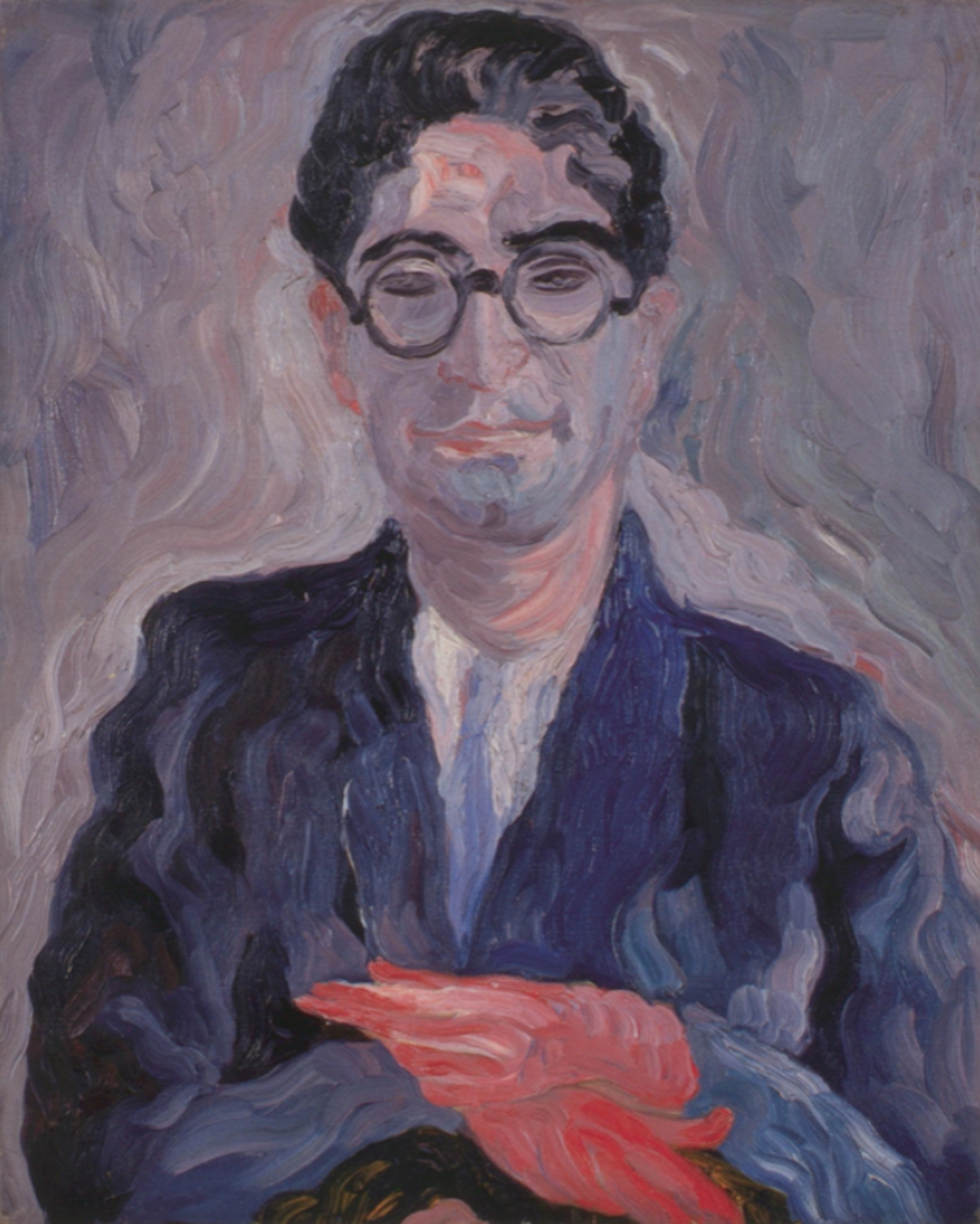Lionello Venturi, Antonio Banfi, and Carlo Levi. Toward a New Portraiture Between the 1920s and the 1930s

Published 2024-04-22
Keywords
- Portraiture,
- Lionello Venturi,
- Antonio Banfi,
- Carlo Levi,
- Fascist Period

This work is licensed under a Creative Commons Attribution 4.0 International License.
Abstract
The paper analyzes a selection of case studies useful in order to understand the theoretical reflection on the portrait genre in Italy during the 1920s and 1930s. Firstly, the text focuses on the figures of Lionello Venturi and Antonio Banfi. Indeed, some essays by the two scholars proposed a first crucial overcoming of Benedetto Croce’s idealist aesthetic positions. At the same time, they highlighted some unexpected possibilities for the portrait, postulating a new emotional and existential value for the genre. Secondly, the paper proposes a reflection on the work of Carlo Levi. In fact, the Turin-born painter represents a perfect example for understanding the radical paradigm shift that occurred for portraiture during the 1930s in Italy. By the end of the decade, for many Italian artists, the portrait would represent an activity characterized by an intimate and personal involvement. It was not only a genre capable of providing unprecedented expressive and stylistic possibilities, but also of establishing a close relationship between the artist, his sitter and the contemporary world.
